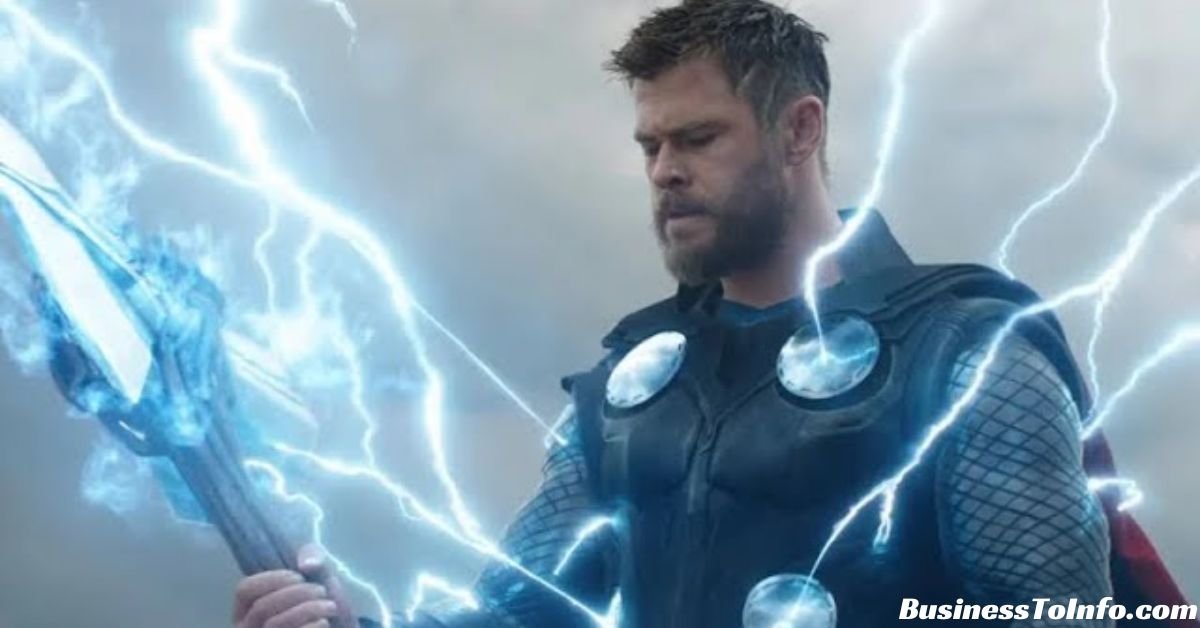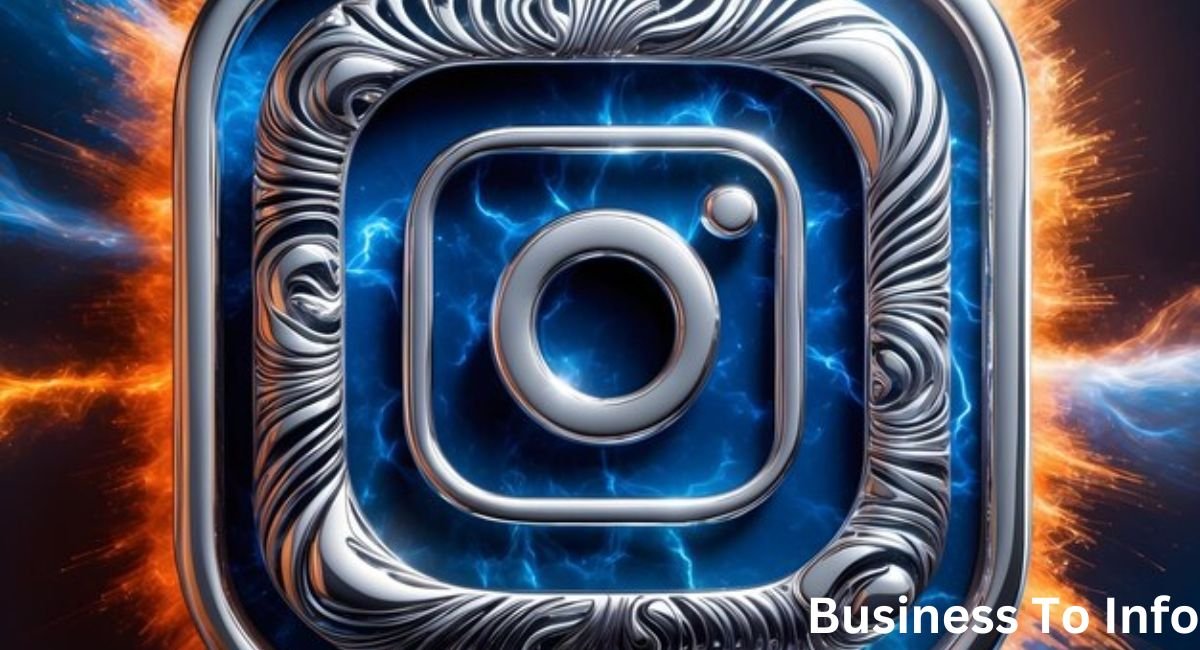Thor, the Norse god wielding the mighty hammer Mjölnir, stands as one of the most iconic figures in mythology. Revered for his strength, valor, and protection of both gods and humans, Thor’s tales have transcended time, influencing various aspects of modern culture. This article delves into the rich mythology surrounding Thor, explores his cultural significance, and highlights how the New York Times (NYT) has featured and analyzed this enduring figure.
Introduction to Thor
Thor, the thunder-wielding Norse god, occupies a central position in Scandinavian mythology. As the son of Odin, the All-Father, and Fjörgyn, the earth goddess, Thor’s character embodies the raw power of nature and the warrior spirit. His stories, chronicled in ancient texts like the Prose Edda and Poetic Edda, have captivated audiences for centuries. The New York Times (NYT) has recognized Thor’s enduring legacy, featuring in-depth articles and analyses that explore his mythological roots and cultural impact.
Origins and Mythological Background
Thor’s origins are deeply rooted in Norse mythology, where he is depicted as a formidable warrior with a prodigious appetite for food and drink. He resides in the hall of Bilskirnir in the realm of Thrudheim, symbolizing strength and thunder. Thor’s lineage includes his father Odin, the king of the gods, and his mother Fjörgyn, connecting him to both the divine and the earthly.
Thor’s tales often highlight his battles against the giants, his protection of humanity, and his unyielding bravery. The creation myths and family lineage that define Thor’s character provide a rich context for understanding his role in Norse mythology.
The Hammer Mjölnir
Thor’s hammer, Mjölnir, is arguably the most recognizable symbol associated with him. Forged by the dwarves Sindri and Brokkr, Mjölnir possesses unparalleled power, capable of leveling mountains and defeating the most formidable foes. The hammer’s ability to return to Thor’s hand after being thrown signifies his unerring precision and strength.
Mjölnir is more than just a weapon; it is a symbol of protection and consecration, often used in ceremonies to bless marriages, births, and other significant events. Its symbolism extends to modern interpretations, where it represents power, protection, and resilience.
Thor’s Role in Norse Mythology
Thor’s primary role in Norse mythology is as the protector of Asgard, the realm of the gods, and Midgard, the world of humans. His battles against the giants (Jotunn) are legendary, showcasing his valor and strength. Key myths, such as his fishing trip where he attempts to capture the Midgard Serpent and his journey to the land of the giants in “Thrymskvida,” highlight his bravery and cunning.
Thor’s role extends beyond mere physical protection; he is also seen as a divine enforcer of justice and order. His presence in the mythology underscores the importance of strength and courage in the face of chaos and adversity.
Thor in Ancient Art and Literature
Ancient art and literature offer a rich tapestry of Thor’s depictions. In the sagas and Eddas, he is portrayed as a red-bearded god, often seen wielding Mjölnir and wearing his iron gloves and magical belt, Megingjörð, which doubles his strength. These texts provide a comprehensive look at his exploits and character, solidifying his status as a key figure in Norse mythology.
Thor’s Modern Cultural Impact
Thor’s influence extends far beyond ancient texts and myths. In modern times, he has become a prominent figure in comics, movies, and literature. Marvel Comics’ interpretation of Thor, which began in the 1960s, reimagined him as a superhero, bringing Norse mythology to a global audience. The Marvel Cinematic Universe (MCU) further amplified his popularity, with actor Chris Hemsworth’s portrayal garnering widespread acclaim.
NYT’s Coverage on Thor
The New York Times has featured numerous articles and analyses on Thor, exploring his mythological origins and cultural impact. These pieces delve into how Thor has been adapted in various media, his significance in contemporary culture, and his enduring appeal. The NYT’s coverage highlights the intersection of ancient mythology and modern storytelling, providing readers with a comprehensive understanding of Thor’s legacy.
Thor in Marvel Comics
Marvel’s Thor, created by Stan Lee, Larry Lieber, and Jack Kirby, reintroduced the Norse god to contemporary audiences. This version of Thor retains many mythological elements but adapts them for the superhero genre. Over the decades, Thor has become one of Marvel’s most beloved characters, featuring in numerous comic book series, animated shows, and blockbuster films.
Hollywood’s Thor
The portrayal of Thor in Hollywood, particularly within the MCU, has significantly boosted his popularity. Chris Hemsworth’s portrayal has been instrumental in defining Thor for modern audiences. The movies have explored various facets of his character, from his godly duties to his personal growth, making Thor a multifaceted and relatable figure.
Thor and Modern Paganism
In modern paganism, particularly among practitioners of Heathenry and Ásatrú, Thor remains a significant deity. These contemporary faiths often draw upon historical texts and archaeological findings to inform their practices, venerating Thor as a protector and a symbol of strength. Rituals and symbols associated with Thor, such as the hammer, play a crucial role in modern pagan practices.
Comparative Mythology
Thor’s characteristics and stories have parallels in other mythologies, particularly those featuring thunder gods like Zeus in Greek mythology, Indra in Hindu mythology, and Perun in Slavic mythology. Comparative mythology studies highlight these similarities, offering insights into how different cultures have personified natural forces and revered similar deities.
Thor’s Festivals and Celebrations
Historically, festivals dedicated to Thor were common in Norse culture, celebrating his role as a protector and provider. These celebrations often included feasting, sacrifices, and rituals to invoke his blessings. Modern revivals of these festivals, such as blóts (sacrificial rituals) and symbel (ritual toasting), continue to honor Thor’s legacy.
Thor’s Symbols and Artifacts
Thor’s symbols and artifacts, such as Mjölnir, his belt Megingjörð, and his iron gloves Járngreipr, are central to his mythology. These items are not only powerful tools in his battles but also carry deep symbolic meanings. In modern times, replicas and depictions of these artifacts are popular in jewelry, art, and cultural expressions.
Impact on Popular Culture
Thor’s impact on popular culture is vast, with his image and symbols appearing in various forms of media and merchandise. From action figures and video games to graphic novels and themed apparel, Thor’s presence is ubiquitous. His character serves as a source of inspiration, embodying ideals of strength, honor, and resilience.
Thor’s Influence on Language and Names
Thor’s influence extends to language and place names. The day of the week “Thursday” (Thor’s Day) is named after him, reflecting his importance in Norse culture. Numerous geographical locations, such as Thorshavn (Thor’s Harbor) in the Faroe Islands, also bear his name, indicating his widespread reverence.
Educational Resources
For those interested in learning more about Thor, a wealth of educational resources is available. Books, academic courses, and online articles provide in-depth analyses of his mythology, historical context, and cultural significance. These resources offer valuable insights into the enduring legacy of the Norse god with a hammer.
Thor in Contemporary Media
Thor continues to be a prominent figure in contemporary media, featuring in TV shows, video games, and online content. His character is constantly being reinterpreted and adapted, ensuring that new generations of fans can engage with his stories and legacy.
Public Perception and Academic Studies
Thor’s public perception is shaped by both his mythological roots and modern adaptations. Academic studies explore his significance in Norse mythology, his role in contemporary paganism, and his portrayal in popular culture. This multifaceted analysis provides a comprehensive understanding of Thor’s enduring appeal.
norse god with a hammer nyt
The Norse god with a hammer, Thor, remains a powerful symbol of strength, protection, and resilience. Through insightful features and analyses, the New York Times has explored his mythology, cultural impact, and modern adaptations. Thor’s stories continue to captivate audiences, bridging the gap between ancient traditions and contemporary culture.
FAQs
Who is the Norse god with a hammer?
Thor is the Norse god with a hammer, known for his strength, valor, and protection of both gods and humans.
What is the significance of Thor’s hammer, Mjölnir?
Mjölnir is Thor’s magical hammer, symbolizing power, protection, and consecration. It is capable of devastating enemies and returning to Thor’s hand after being thrown.
How has Thor been depicted in modern media?
Thor has been prominently featured in Marvel Comics and the Marvel Cinematic Universe, where he is portrayed as a superhero. His character has also appeared in various TV shows, video games, and literature.
What role does Thor play in modern paganism?
In modern paganism, Thor is revered as a protector and a symbol of strength. Rituals and symbols associated with Thor, such as the hammer, are significant in contemporary Heathenry and Ásatrú practices.
How has the New York Times covered Thor?
The New York Times has published numerous articles and features on Thor, exploring his mythological origins, cultural impact, and modern adaptations.
What are some common symbols associated with Thor?
Common symbols associated with Thor include his hammer Mjölnir, his belt Megingjörð, and his iron gloves Járngreipr, each representing different aspects of his power and role.
Conclusion
Thor, the Norse god with a hammer, continues to be a figure of immense cultural significance. His mythology and symbolism have transcended time, influencing various aspects of modern culture. The New York Times’ coverage of Thor highlights the enduring appeal and relevance of this iconic deity, showcasing his impact on both ancient traditions and contemporary narratives.
For More Information Visit: Business To Info




